PRE-PURCHASE INSPECTIONS
KICK TYRES,
WITH CONFIDENCE.
Looks good, smells fine, but underneath? Trouble. Buying a car without an inspection is like proposing on the first date - risky, and probably expensive. We dig into the details so you don’t commit to a long-term relationship with a short-term ride.
DON'T MARRY A LEMON
Let the seller sweat a little.
With a solid inspection in your back pocket, you’re not just buying - you’re negotiating like a legend. Know the flaws, drop the price, and leave with the deal, not the drama.
LEVERAGE LOOKS GOOD ON YOU
We’ll catch the sketchy stuff before it turns into roadside drama - so you can buy with confidence, not crossed fingers. Because when it comes to safety, guessing isn’t just risky - it’s personal.
BECAUSE YOU MATTER
PRE-PURCHASE INSPECTIONS
KICK TYRES, WITH CONFIDENCE.
PREVENT, DON'T REPAIR
A little service now saves you from a financial meltdown later. Catching stuff early - like leaks, wear, or weird noises - means you avoid surprise breakdowns and repair bills that hit harder than a pothole on payday. Prevent the problem before it starts, you'll thank yourself later.

BECAUSE SAFETY MATTERS
Worn-out brakes and sketchy steering aren’t just annoying, they’re accidents waiting to happen. Regular service keeps your ride ready for whatever the road throws at it. Think of it as self-care... but for your car (and your peace of mind).
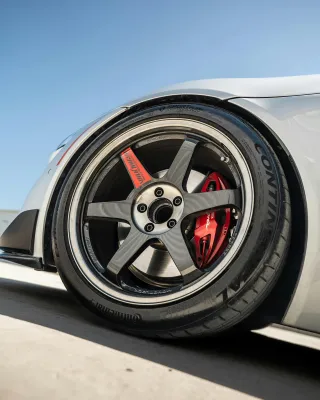
KEEP IT EFFICIENT
Your car doesn’t need to guzzle fuel like it’s happy hour - unless of course you drive a V8 with a grudge. A bit of love now - clean filters, fresh fluids, smooth-running parts - helps every liter go further. Quick pit stop now, fewer fuel stops later.

DON'T MARRY A LEMON
Looks good, smells fine, but underneath? Trouble. Buying a car without an inspection is like proposing on the first date - risky, and probably expensive. We dig into the details so you don’t commit to a long-term relationship with a short-term ride.

LEVERAGE LOOKS GOOD ON YOU
Let the seller sweat a little.
With a solid inspection in your back pocket, you’re not just buying - you’re negotiating like a legend. Know the flaws, drop the price, and leave with the deal, not the drama.

BECAUSE YOU MATTER
We’ll catch the sketchy stuff before it turns into roadside drama - so you can buy with confidence, not crossed fingers. Because when it comes to safety, guessing isn’t just risky - it’s personal.

WE CHECK, EVERYTHING.
TYRES, BRAKES & SUSPENSION
- Evaluate condition of engine oil
- Inspect drive belt/s tightness and condition
- Ensure none of the drive belt pulleys are noisy
- Inspect brake fluid level, condition, and water content
- Inspect all coolant hoses for condition and leaks
- Inspect radiator and coolant pumpInspect exhaust for security and leaks
- Inspect battery mounting and security, terminal and pole condition
- Test battery for charge and health.
ELECTRICAL, LIGHTS & INTERIOR
- Inspect wiper cartridge integrity and blade condition
- Inspect washer jet/s operation and direction of spray
- Inspect all bulbs bumper to bumper, including all exterior lights, interior dome lights, all courtesy door lights, headlights, and all taillights
- Check any present DTC's with OBD2 scanner
- Air conditioning, heater, and electronics (radio, power windows, etc.)
- Seatbelt condition and operation
- Check horn, wipers, and interior lighting systems
BODY & STRUCTURE
- Inspect condition of engine mounts
- Check for any large cracks or damage in critical vision areas, as well as any chips, dents, cracks etc.
- Inspect fuel door operation and fuel cap condition
- Inspect any signs of rust
- Evaluate structural integrity
- Inspect any signs of previous accident repairs, panel repairs/misalignment, cover up paint work and paint consistency
- Inspect any signs of hail damage
- Inspect operation of all doors, boot, and bonnet operation
ENGINE, EXHAUST & FUEL SYSTEMS
- Evaluate engine performance
- Identify any oil leaks, fuel leaks and unusual noises
- Inspect transmission and clutch operation (for manuals)
- Inspect cooling system (radiator, hoses, water pump etc.)
- Inspect engine oil and fluid levels
- Evaluate exhaust condition
- Inspect power steering fluid level, and condition (if applicable)
- Inspect condition of air filter
- Inspect coolant level and condition
SAFETY FEATURES & TEST DRIVE
- Evaluate condition of vehicle acceleration, braking, steering etc.
- Check for any abnormal vibrations or noises
- Evaluate the condition of the vehicle's transmission, clutch (if manual), etc.
- Inspect all seat belt material condition, and safety
- Ensure airbags do not have any hidden warning lights or errors
WE CHECK, EVERYTHING.
TYRES, BRAKES & SUSPENSION
- Evaluate condition of engine oil
- Inspect drive belt/s tightness and condition
- Ensure none of the drive belt pulleys are noisy
- Inspect brake fluid level, condition, and water content
- Inspect all coolant hoses for condition and leaks
- Inspect radiator and coolant pumpInspect exhaust for security and leaks
- Inspect battery mounting and security, terminal and pole condition
- Test battery for charge and health.
ELECTRICAL, LIGHTS & INTERIOR
- Inspect wiper cartridge integrity and blade condition
- Inspect washer jet/s operation and direction of spray
- Inspect all bulbs bumper to bumper, including all exterior lights, interior dome lights, all courtesy door lights, headlights, and all taillights
- Check any present DTC's with OBD2 scanner
- Air conditioning, heater, and electronics (radio, power windows, etc.)
- Seatbelt condition and operation
- Check horn, wipers, and interior lighting systems
BODY & STRUCTURE
- Inspect condition of engine mounts
- Check for any large cracks or damage in critical vision areas, as well as any chips, dents, cracks etc.
- Inspect fuel door operation and fuel cap condition
- Inspect any signs of rust
- Evaluate structural integrity
- Inspect any signs of previous accident repairs, panel repairs/misalignment, cover up paint work and paint consistency
- Inspect any signs of hail damage
- Inspect operation of all doors, boot, and bonnet operation
ENGINE, EXHAUST & FUEL SYSTEMS
- Evaluate engine performance
- Identify any oil leaks, fuel leaks and unusual noises
- Inspect transmission and clutch operation (for manuals)
- Inspect cooling system (radiator, hoses, water pump etc.)
- Inspect engine oil and fluid levels
- Evaluate exhaust condition
- Inspect power steering fluid level, and condition (if applicable)
- Inspect condition of air filter
- Inspect coolant level and condition
SAFETY FEATURES & TEST DRIVE
- Evaluate condition of vehicle acceleration, braking, steering etc.
- Check for any abnormal vibrations or noises
- Evaluate the condition of the vehicle's transmission, clutch (if manual), etc.
- Inspect all seat belt material condition, and safety
- Ensure airbags do not have any hidden warning lights or errors
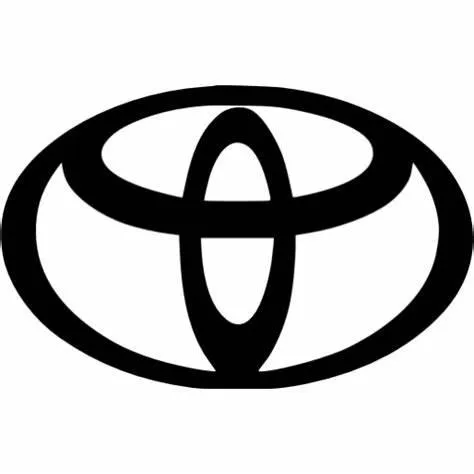


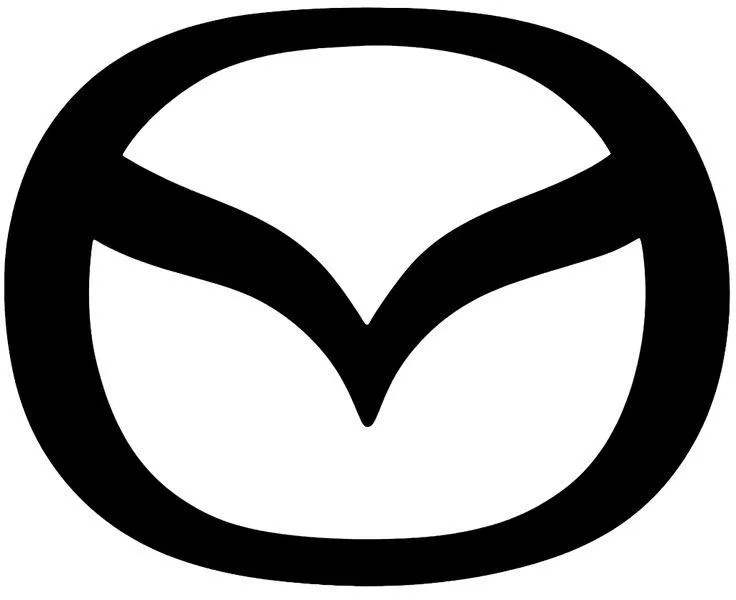
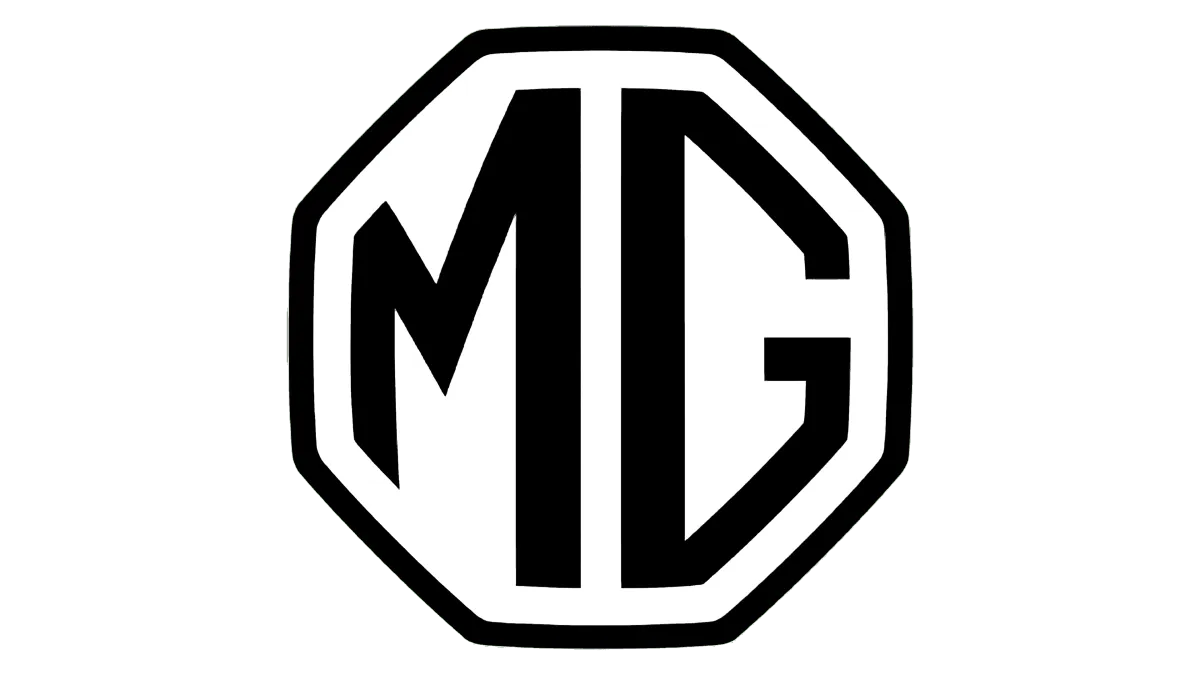
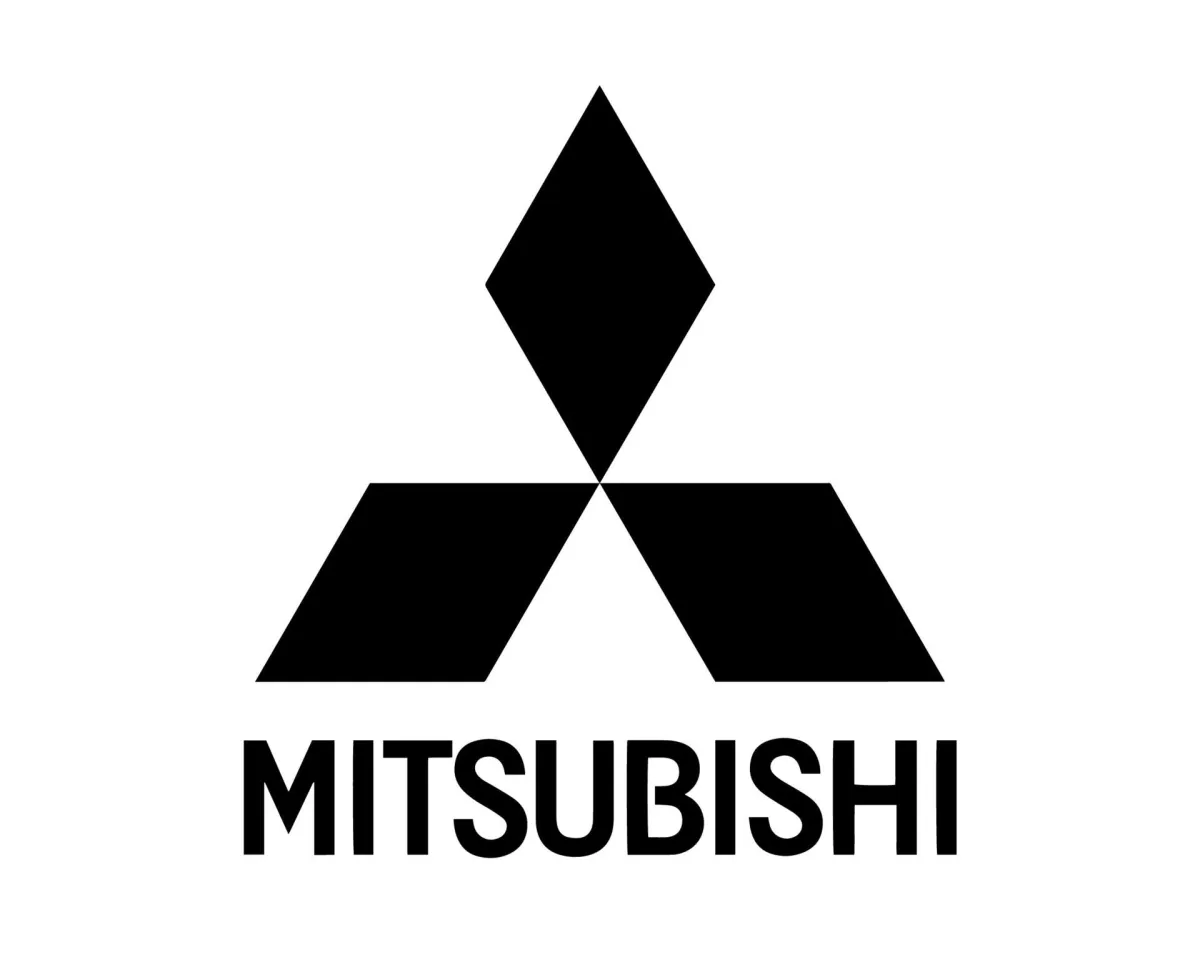
See us in action on our socials
Get to know us and see behind the scenes on our socials

@ 2025 Copyright. All rights reserved.





